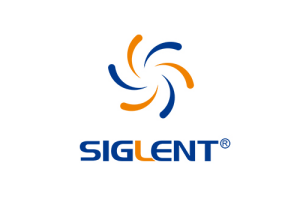Wireless communication for IoT
Fit for the 5G challenge
Five questions to Daniel Hartnett, Business Development Director DECT Forum, on the tutorial "openD: Leveraging the uniqueness of DECT and ULE for state of the art wireless connectivity" at the 15th Wireless Congress 2018 on November 14 in Munich.
That DECT (Digital Enhanced Cordless Telecommunications) is more than just a cord replacement for the handset, can be seen by the numerous non-telephony DECT applications and the prominence of ULE (Ultra-Low Energy) a low power wireless interface using the DECT radio spectrum for typical IoT applications in building automation (smart home) and security.
In combination, both technologies are being upgraded to address 5G application requirements. A generic programming interface should facilitate the development of such applications.
? Mr. Hartnett: What is openD?
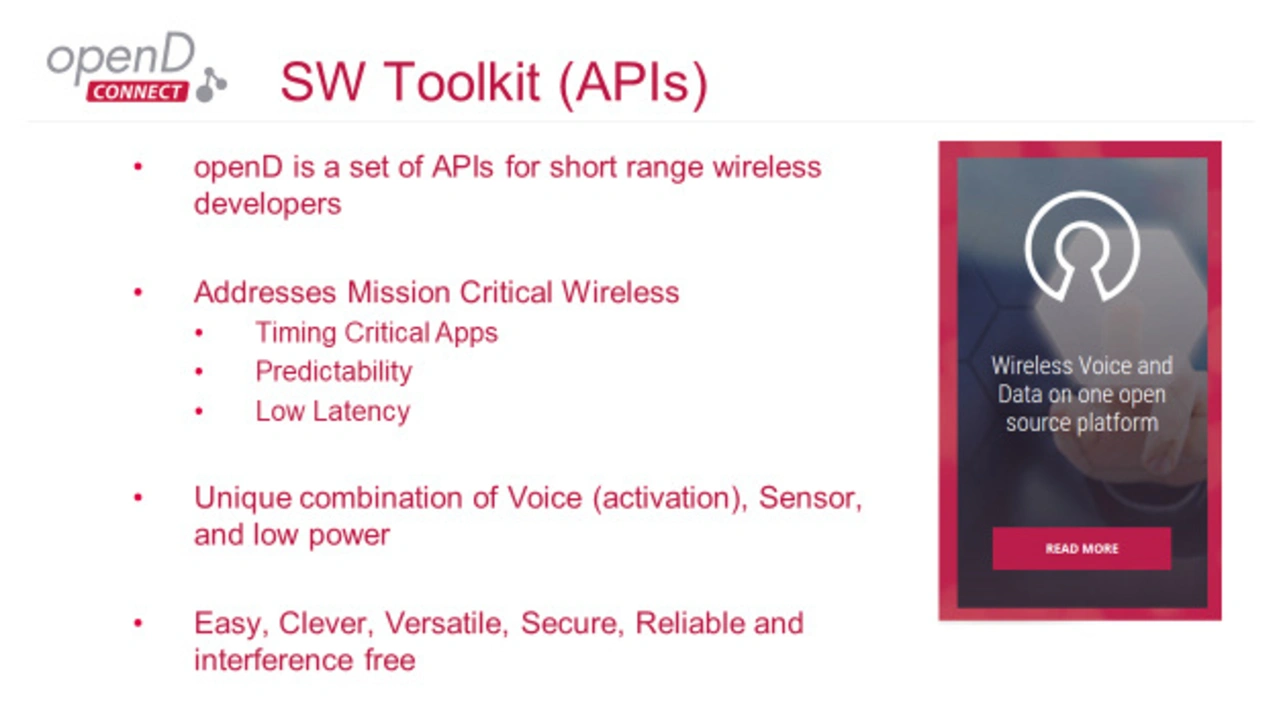
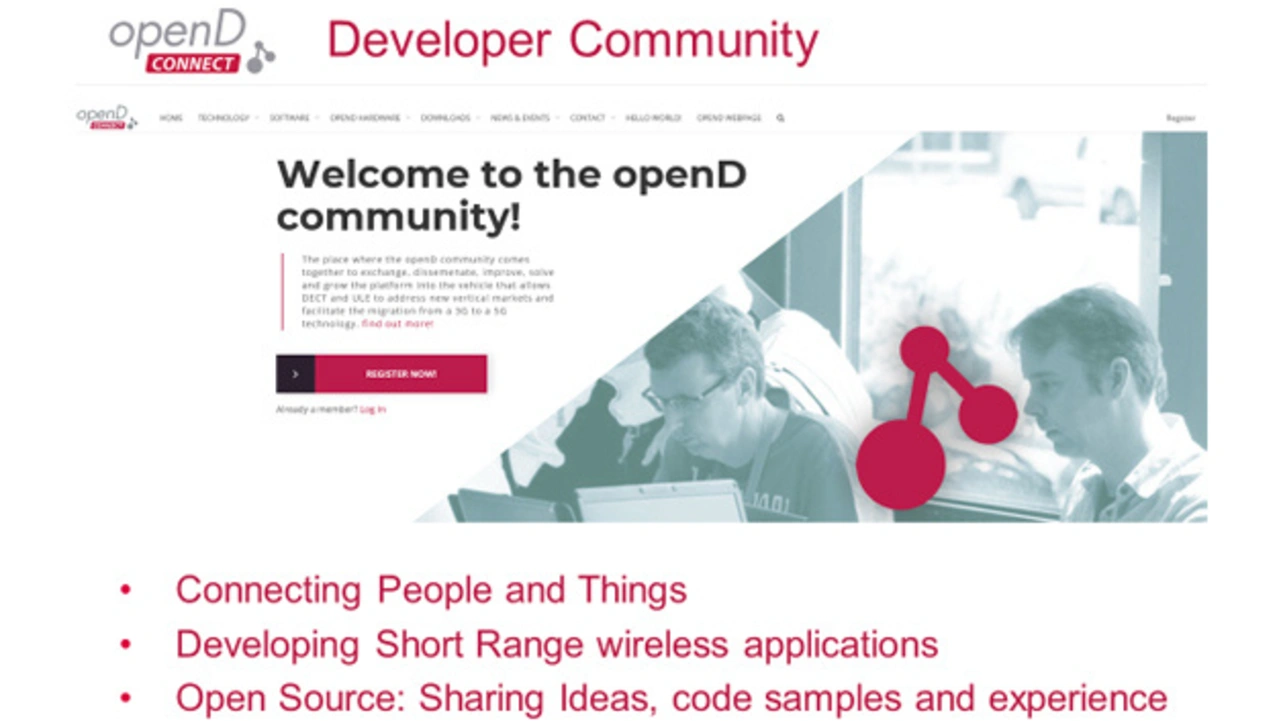
! Daniel Hartnett: OpenD is an open source set of APIs that enable developers and makers to create robust wireless interfaces for a myriad of mission critical applications with voice and/or data.
OpenD is unique, combining the strengths of DECT and ULE on a single platform to seamlessly work with Raspberry-PI for the fixed part and STMicroelectronics Nucleo on the client side.
OpenD is also the name given to the community developing applications based on the API. OpenD will act as a catalyst to engage new vertical industries as DECT becomes a 5G mobile technology.
? For which applications was openD developed?
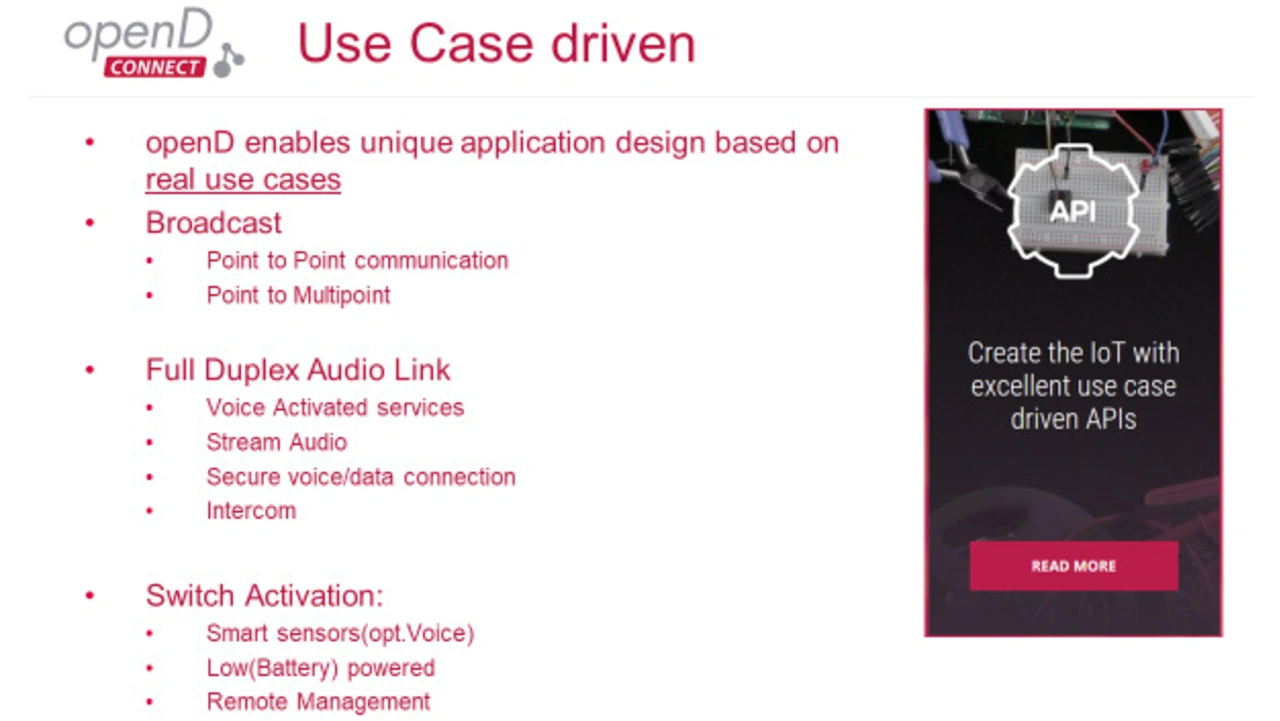
! Hartnett: OpenD was developed to address applications that combine the USPs of DECT and ULE on a single platform, i.e. highly reliable, low latency applications that require the delivery of voice and/or data in mission critical environments.
This will enable a host of applications hitherto unassociated with the technologies, but whose requirements are part of the 5G requirement specification and very suited to openD. Potential vertical markets include industrial automation, healthcare and audio.
? Who supports openD?
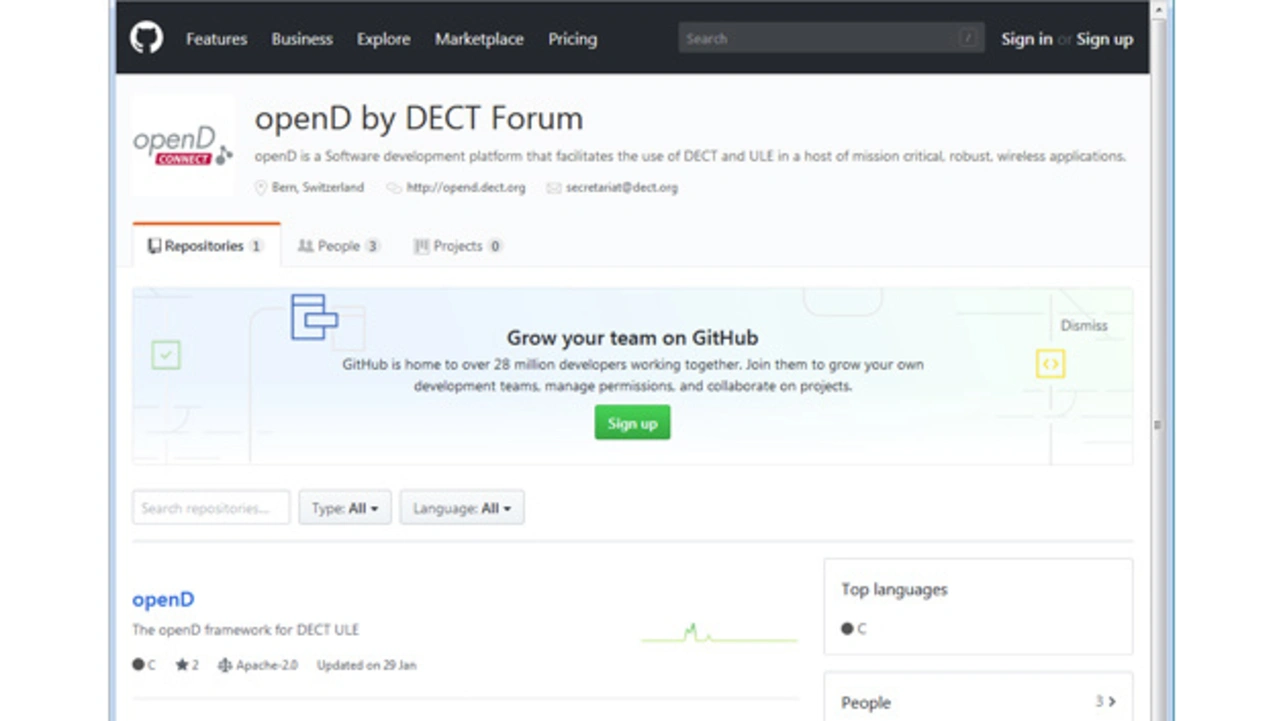
! Hartnett: OpenD is a community of developers that use the openD API to build wireless applications.
In time this community will share ideas, suggestions, and experiences to expand the scope of the technology and bring its strengths into a wide range of other application fields.
The openD community will share updates, fixes and releases on GitHub at https://github.com/opend-connect.
! How can a designer use openD?
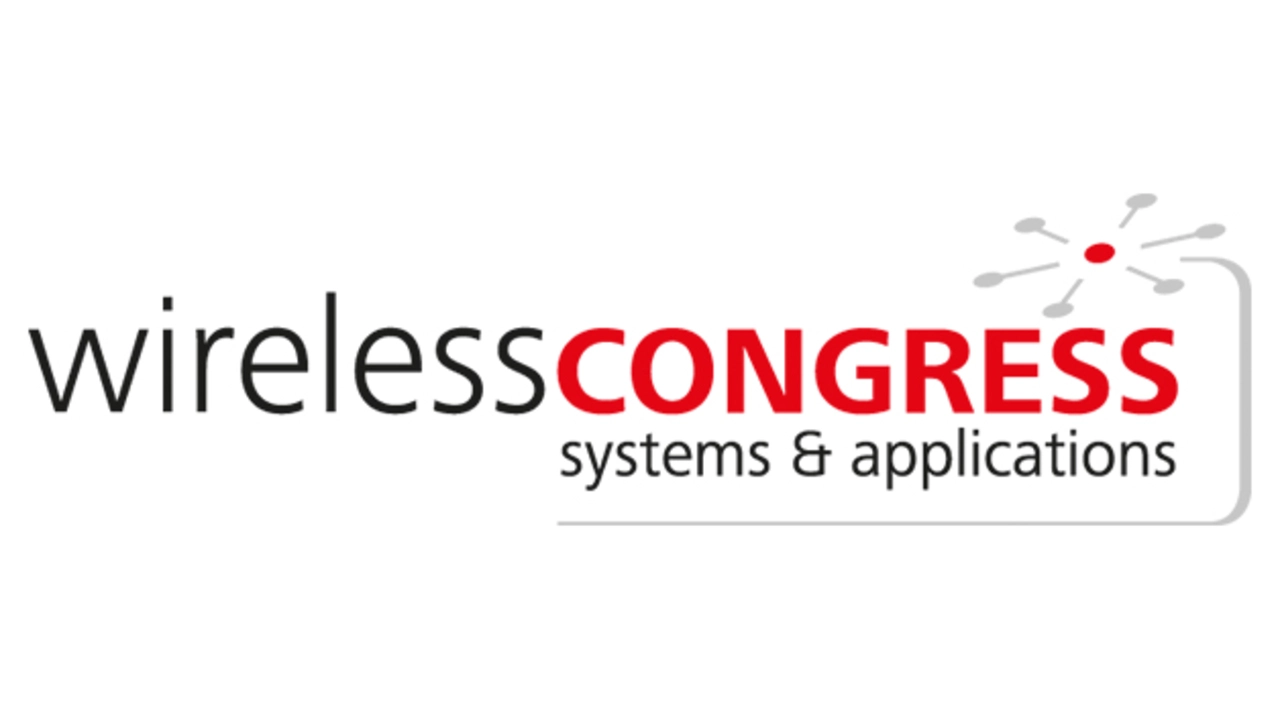
! Hartnett: OpenD will seamlessly connect to well know prototyping platforms.
On the fixed part side, the openD API will run as a plug in on the Raspberry PI Linux operating system.
On the portable side (Client) openD API will seamlessly connect to the Nucleo platform from STMicroelectronics.
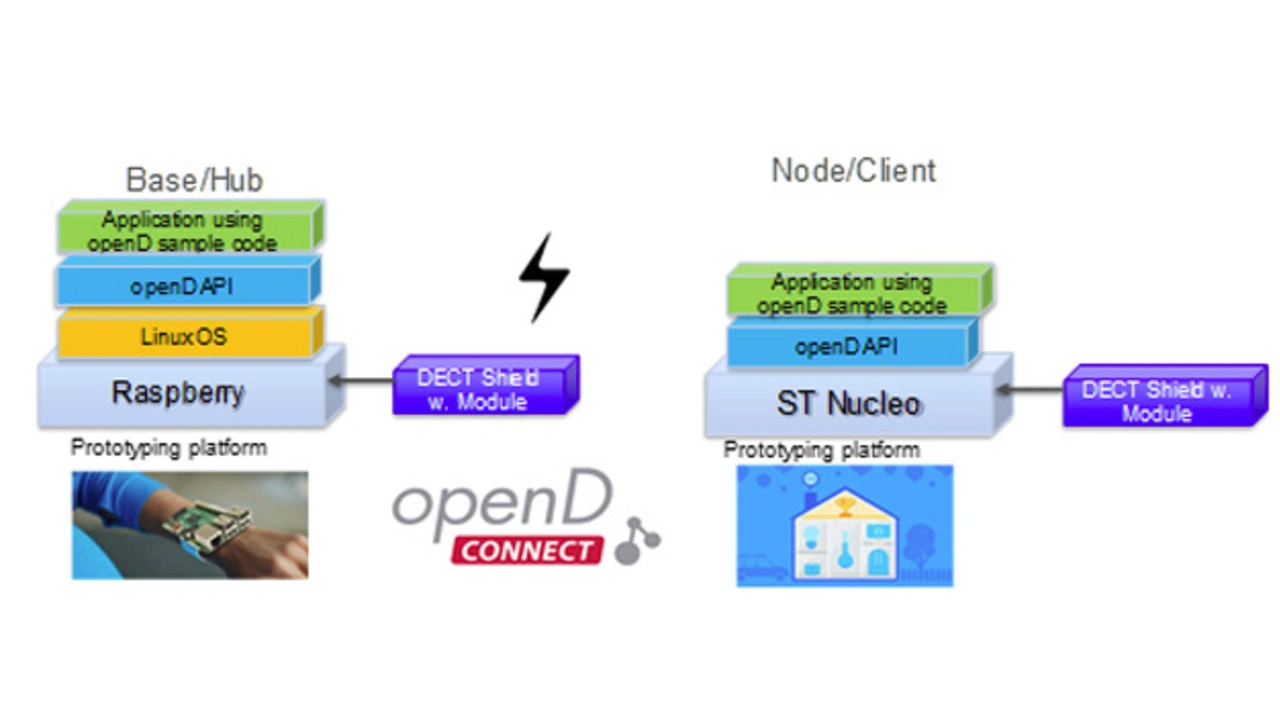
OpenD will run as C-Code on the Linux OS and provides sample code for each of the key use cases.
OpenD is DECT/ULE hardware agnostic and makes use of chips supplied by DSP Group or Dialog Semiconductor on a so-called DECT shield.
OpenD Software can be downloaded directly to the two prototyping platforms. (Figure 5)
? What will you show in your tutorial at Wireless Congress 2018 and who are you addressing?
! Hartnett: The audience contains experienced and inexperienced developers, and even reaches out to professionals in wireless design and product management looking for the inspiration to create excellent products.
The tutorial will give the audience an overview of openD: The technology, the software API, the hardware shield, the developer community and where to go for information.
It will also give a hands-on demonstration of the system and how to use the sample code which is part of the package and how to create state of the art wireless applications.
| Wireless Congress: Systems & Applications |
|---|
| Tutorial 1: DECT |
| 14 November 2018, 16:30 – 18:00 |
| Munich |
| www.wireless-congress.com |
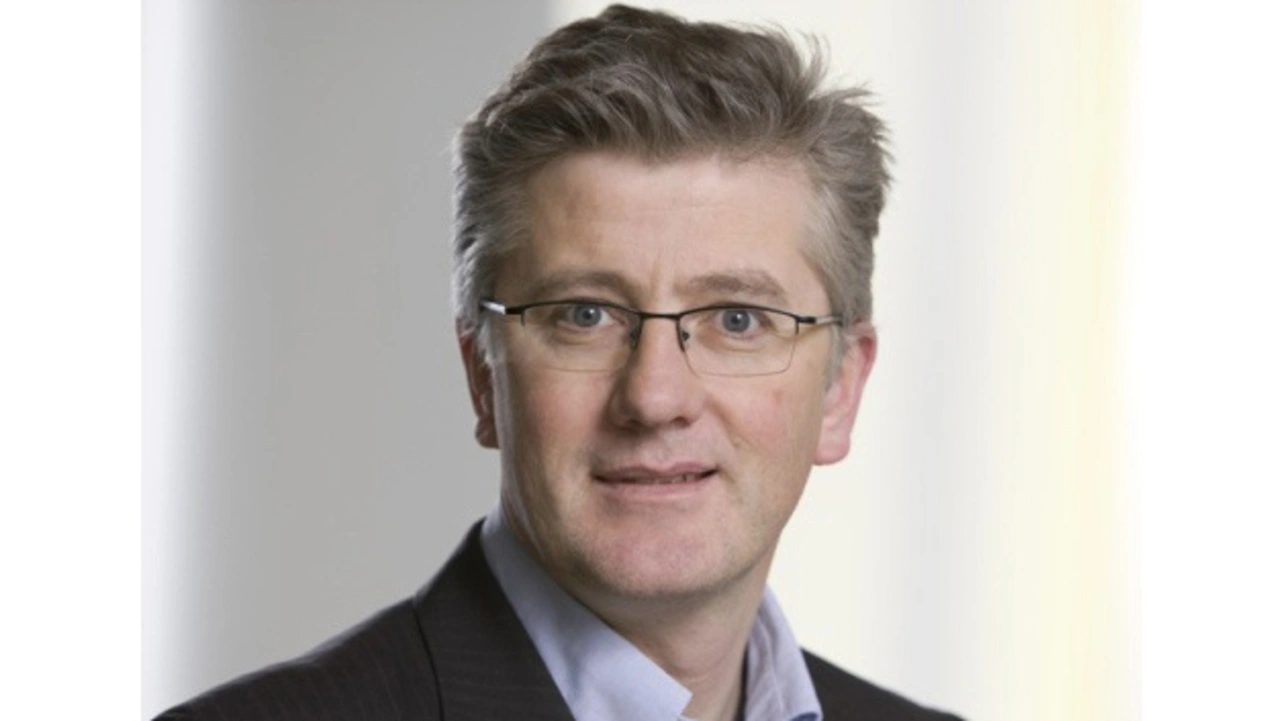
Daniel Hartnett
is a graduate of the University College Dublin in Ireland. In his current role as Business Development Director for the DECT Forum, he is responsible for the development and implementation of industry strategy in the area of 5G (IMT-2020 approval at ITU-R) as well as driving brand development, shaping the future of DECT and its derivatives, overseeing the openD open source development project, streamlining the certification programs, and guiding the DECT Forum to make sound decisions on behalf of its members and the industry.
He has a strong background in the semiconductor industry and in particular VoIP, operating in product marketing roles at Motorola Semiconductor, Siemens, Infineon and Lantiq. At Lantiq, Daniel performed the dual role of Product Marketing manager and Chairman of the CAT-iq working group in the DECT Forum, overseeing the successful integration of VoIP over DECT (CAT-iq) in the home gateway.
In 2012, he moved to the system side to work for S. Siedle & Söhne Telefon- und Telegrafenwerke OHG embarking on the transition to VoIP and in 2015 returned to the DECT Forum to perform his current role.
daniel.hartnett@dect.org








